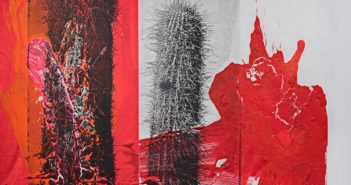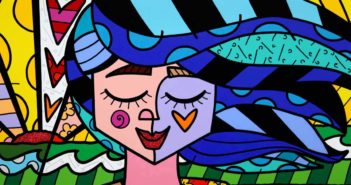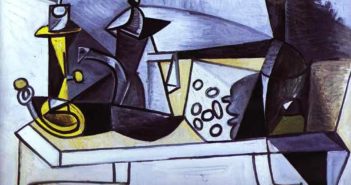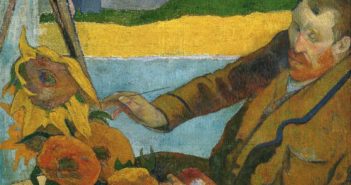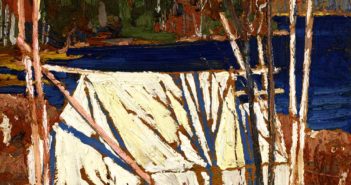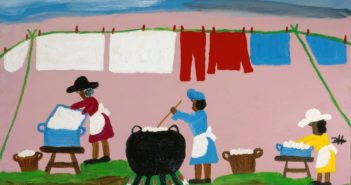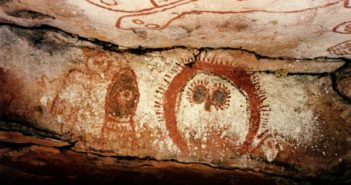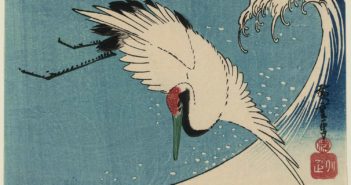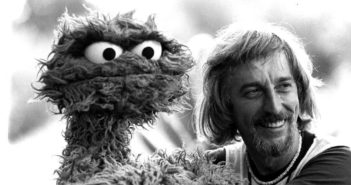
As a five-year-old who loved drawing and painting, Caroll Spinney discovered puppets after seeing a performance of The Three Little Kittens. When he was eight, he bought a monkey puppet at a rummage sale for 5 cents, collected some scrap wood and built a puppet theatre. He made 32 cents from his first show. “That’s when I knew I would be a puppeteer when I grew up.”

